Nicole Wolkov, Daniel Mealie, and Kateryna Stepanenko
Key takeaway: Ukrainian strikes against Russian Black Sea Fleet (BSF) assets have changed Russian naval operating patterns, causing the BSF to move some ships away from its main base in occupied Sevastopol, Crimea and hampering the BSF’s ability to interfere with maritime trade in the western part of the Black Sea. Ukrainian strikes have likely caused the BSF to set conditions for a more permanent basing pattern along the eastern Black Sea coast as it transfers naval assets away from Crimea and expands a small port in de facto Russian-controlled Ochamchire, Abkhazia. Ukrainian strikes against BSF assets have successfully facilitated the use of Ukraine’s Black Sea grain corridor as international support for the corridor continues to increase despite Russia’s withdrawal from the Black Sea Grain Initiative and military threats against it.
Ukrainian forces launched a successful preemptive strike campaign against the Russian BSF in the summer and fall of 2023, which aimed to disrupt Russia’s efforts to impose a de facto blockade on Ukrainian ports and to undermine the BSF’s ability to conduct naval operations in the Black Sea. In summer 2023, Russia sought to use its withdrawal from the Black Sea Grain Initiative to posture the BSF in a way that would deter Ukraine and international community from maritime activity in the Black Sea – effectively establishing a de facto blockade on Ukrainian ports without having to enforce an actual blockade. The United Nations (UN) and Turkey had originally brokered the Black Sea Grain Initiative with Russia in July 2022 that allowed cargo ships to sail between ports in Odesa Oblast and the Bosphorus Strait without fear of Russian attacks.[1] Russian officials began signaling their intent to withdraw from the Black Sea Grain Initiative in May 2023 shortly after agreeing to extend the deal until July 18, likely in an effort to set information conditions for the de facto blockade.[2] Ukrainian forces, however, began setting military conditions to prevent Russia from establishing such a de facto blockade by launching an intricate missile and drone campaign targeting BSF assets and vessels starting in June 2023.[3] The Ukrainian strike campaign inhibited Russia’s ability to use the BSF to halt maritime activity in western Black Sea and helped Ukraine deprive Russian forces of the maritime initiative in the Black Sea.
Satellite imagery indicates that Ukrainian strikes caused Russian forces to move BSF assets away from occupied Sevastopol to ports in the eastern part of the Black Sea on an enduring basis. Satellite imagery from June to December 2023 indicates that Russian forces have moved BSF assets, both surface vessels and submarines, away from the main base in Sevastopol, Crimea to the port in Novorossiysk, Krasnodar Krai, further away from Ukrainian launch points on an enduring basis and are setting conditions for a more permanent basing pattern on the eastern Black Sea coast.[4] ISW previously assessed in early October that the Ukrainian strikes successfully degraded the BSF’s ability to operate as a combined arms headquarters and to support logistics routes in southern Ukraine, although the effects on the BSF as a naval actor at the time remained unclear.[5] Satellite imagery shows, however, that Russian forces started to move naval assets away from Sevastopol on an enduring basis following Ukrainian strikes on naval infrastructure in Crimea and the BSF Command headquarters in Sevastopol on September 22, 2023.[6] Satellite imagery suggests that, although the BSF continues to base some assets at the main port in Sevastopol, the Russian military has redeployed several vessels, including surface combatants such as Krivak-class frigates and smaller vessels such as Grisha-class and Tarantul-class corvettes from Sevastopol to Novorossiysk.[7] Satellite imagery from December shows that Russian force have redeployed most of their specialized Kalibr cruise missile carriers including Admiral Grigorovich-class frigates, Buyan-M-class corvettes, and Kilo-class submarines from Sevastopol to Novorossiysk.[8] Recent satellite imagery indicates that vessels moved to Novorossiysk over the fall have not returned to Sevastopol.
ISW's estimates reflect the availability and spatial resolution of satellite imagery as well as meteorological conditions over the target areas. This table excludes auxilliary ships, amphibious ships, and most minor combatants apart from those capable of housing vertical launch systems. ISW's estimates count vessels observed in port.
Ukrainian strikes targeting BSF assets and ports have changed Russian naval operation patterns and are hindering the BSF’s ability to operate aggressively in the western part of the Black Sea. The United Kingdom Ministry of Defense (UK MoD) assessed on September 26 that Ukrainian strikes have diminished the BSF’s ability to conduct wide security patrols, carry out routine maintenance, and enforce blockades of Ukrainian ports in the western Black Sea although the BSF retained the ability to launch sea-based missile strikes.[9] The Russian military has also been unable to return two BSF vessels to the Black Sea, reportedly the Kildin Moma-class surveillance ship and the Admiral Grigorovich, lead ship of the class, because Turkey invoked the relevant provisions of the Montreux Convention blocking transit through the Turkish Straits on February 28, 2022.[10]
Imagery of the Russian naval base in occupied Sevastopol, Crimea. June 8, 2023.
Imagery of the Russian naval base in occupied Sevastopol, Crimea. December 3, 2023.
Imagery of the Russian naval base in Novorossiysk, Krasnodar Krai, Russia. June 8, 2023.
Imagery of the Russian naval base in Novorossiysk, Krasnodar Krai, Russia. December 5, 2023.
The BSF is permanently building a naval port near Russian-controlled Ochamchire, Abkhazia, likely signaling Russian long-term intent to move more naval assets away from Crimea. Russian-backed Abkhazian President Aslan Bzhania announced on October 5 that he had signed an agreement with Russian authorities for the construction of a permanent Russian naval base near Ochamchire, Abkhazia.[11] Deputy Chief of the Ukrainian Main Military Intelligence Directorate (GUR) Major General Vadym Skibitskyi reported on October 23 that Russian authorities started dredging and constructing port infrastructure in Ochamchire in order to construct a base for some warships currently stationed in Crimea, which could not be redeployed to Novorossiysk.[12] Bzhania stated on November 9 that Abkhaz authorities have started work to expand the Ochamchire port so that it can accommodate large-capacity vessels with a displacement of up to 13,000 tons, a notable increase from its current capacity to handle vessels with deadweight of 3,000 tons.[13] The port’s expansion will reportedly take over 2.5 years.[14] The Russian military is likely intending to develop the existing port into a subsidiary rather than a main base since the surrounding terrain largely consists of sandy beaches unsuitable for the construction of naval infrastructure.[15]
Ukrainian strikes have severely degraded Russian military efforts to disrupt the movement of commercial vessels through the Ukraine’s grain corridor. Ukraine announced that it would continue to export grain and other goods along the western coast of the Black Sea after Russia refused to renew the Black Sea Grain Initiative on July 17, 2023.[16] Russian forces launched extensive missile and drone strikes for several consecutive days against port and grain infrastructure in southern Ukraine shortly after Russia’s withdrawal to disrupt the corridor.[17] Subsequent Ukrainian strikes on Russian BSF assets and military installations in Crimea seriously undermined Russian efforts to curtail maritime traffic, however.[18] The Russian Ministry of Defense (MoD) unsuccessfully attempted to discourage commercial traffic in the western Black Sea by announcing on July 19 that it would consider all ships en route to Ukrainian ports to be potential carriers of military cargo (and therefore potential military targets) and forcibly stopping and searching a commercial vessel en route to Izmail port in Odesa Oblast on August 13.[19] Persistent Ukrainian drone and missile strikes against BSF assets caused the Russians to adjust their maritime posture in a way that made these threats largely ineffective.[20]
International actors have signaled their support for the continued use of Ukraine’s Black Sea grain corridor, demonstrating that Ukrainian forces continue to successfully block Russian attempts to threaten commercial vessels from using the corridor. The Financial Times (FT) reported on November 15 that the Ukrainian government reached a deal with insurance broker giant Marsh McLennan to provide up to $50 million in hull and liability insurance from Lloyd’s of London firms for each vessel carrying agricultural goods through the grain corridor.[21] The West continues to show support for long-term Ukrainian naval operations that will likely strengthen Ukrainian forces’ ability to operate in the Black Sea, most recently with the December 11 announcement that the UK and Norway would lead the Maritime Capability Coalition to provide short-term assistance to Ukraine and help in long-term efforts aimed at making the Ukrainian navy more interoperable with NATO.[22]
Ukraine’s long-range strikes against BSF assets have facilitated humanitarian and military successes in the Black Sea and allowed Ukraine to seize the initiative in the Black Sea even without an effective navy of its own. US Ambassador to Ukraine Bridget Brink reported on November 13 that 100 vessels had successfully transited the corridor and exported 3.7 million tons of food and other goods, presumably since the first civilian vessel successfully departed from a Ukrainian port through the corridor on August 15.[23] Brink reported on December 15 that 256 ships have successfully used the Black Sea grain corridor and exported almost nine million tons of grain and other cargo from Ukrainian ports, suggesting that continued successful Ukrainian strikes coupled with increasing international support for Ukraine’s corridor has contributed to a dramatic increase in food exports.[24]
Western provision of additional long-range missiles to Ukraine would support ongoing Ukrainian efforts to keep the Black Sea open for maritime traffic and keep the BSF away from NATO coastlines in the Black Sea. No single Western-provided system will provide Ukraine with a decisive advantage or a direct path to victory. Consistent Ukrainian strikes have allowed Ukraine to seize the initiative in the Black Sea, prevent a Russian blockade, and curtail Russian expansion in the Black Sea, however. The increased Western provision long-range missiles would allow Ukraine to retain the initiative in the Black Sea, enabling continued military and humanitarian successes.
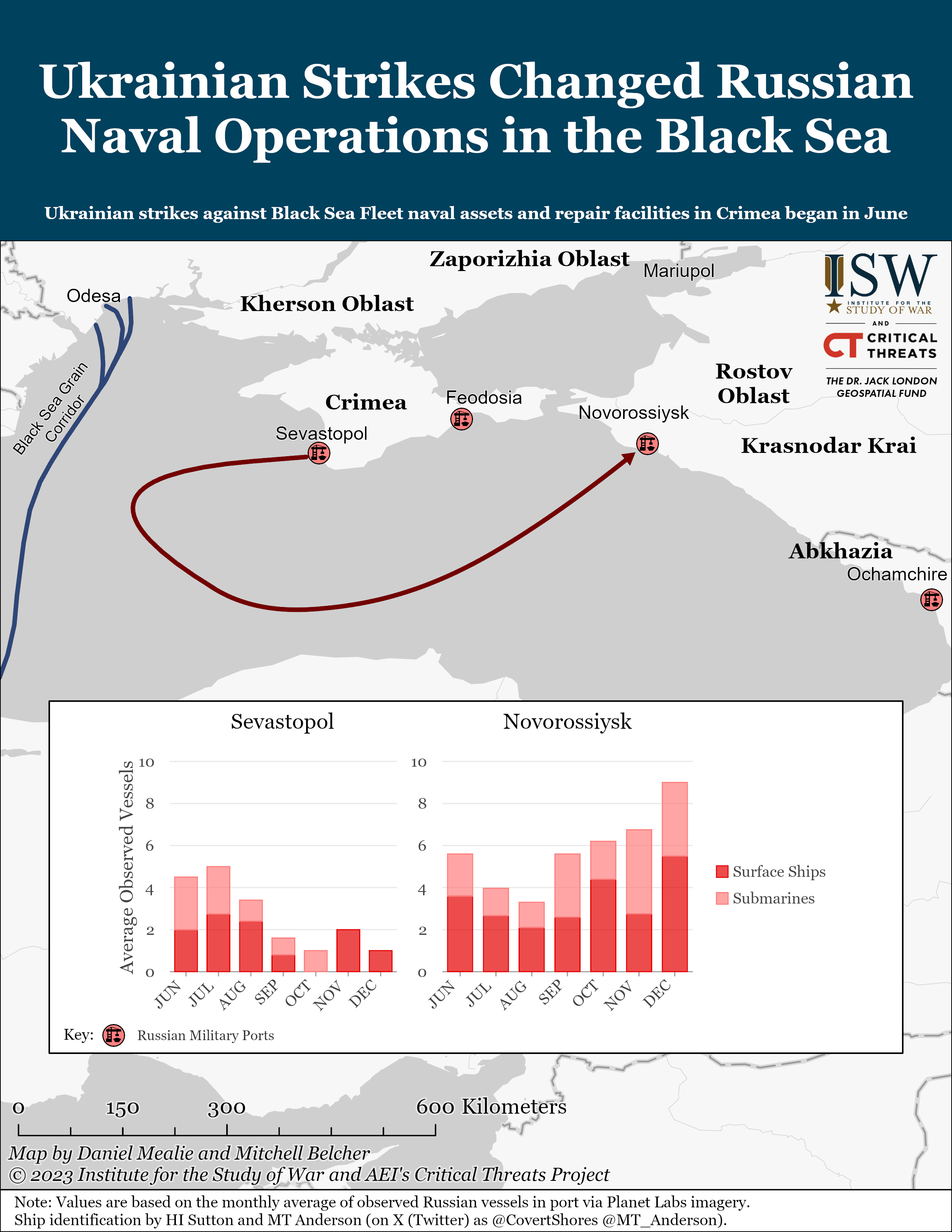
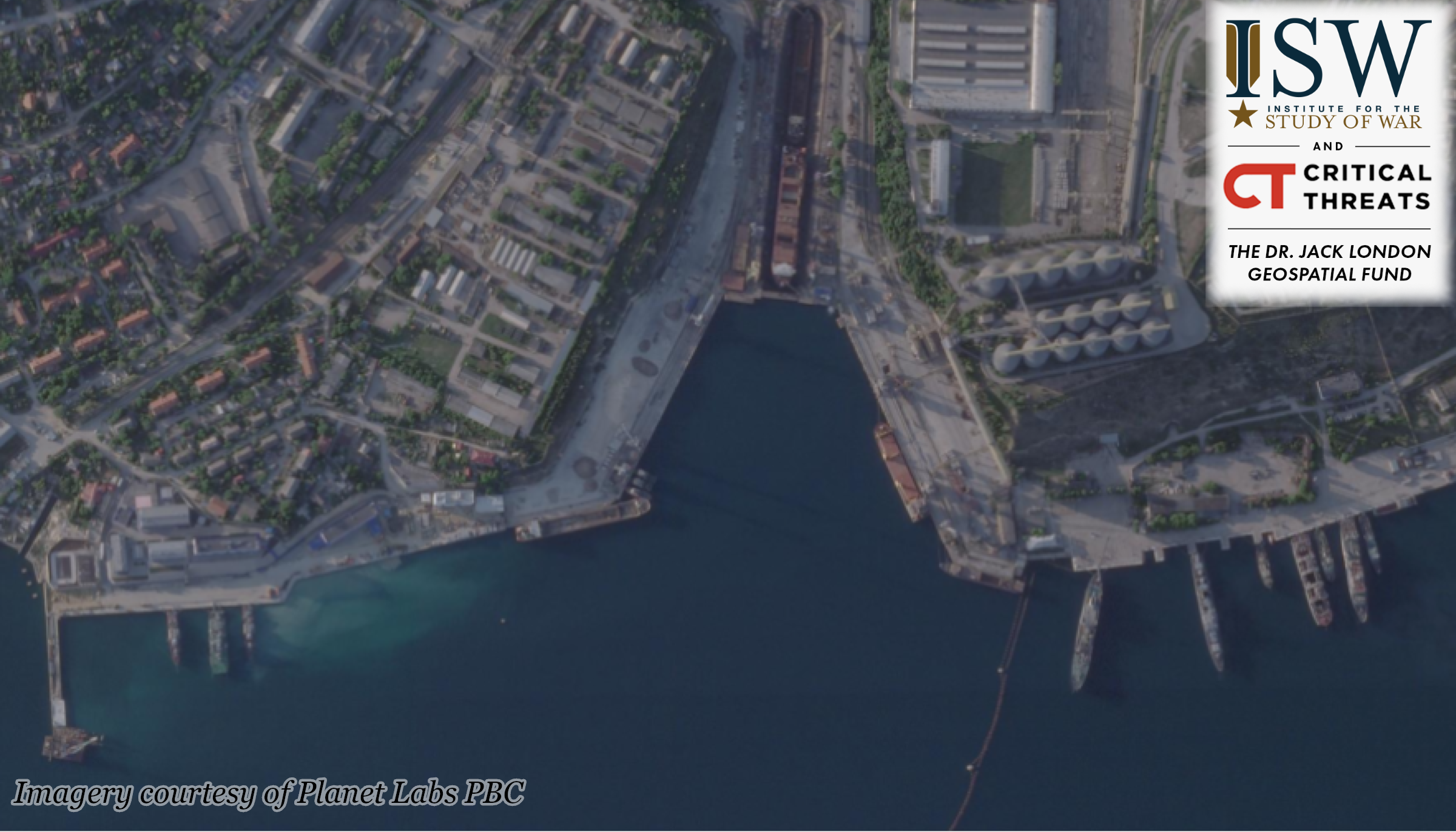
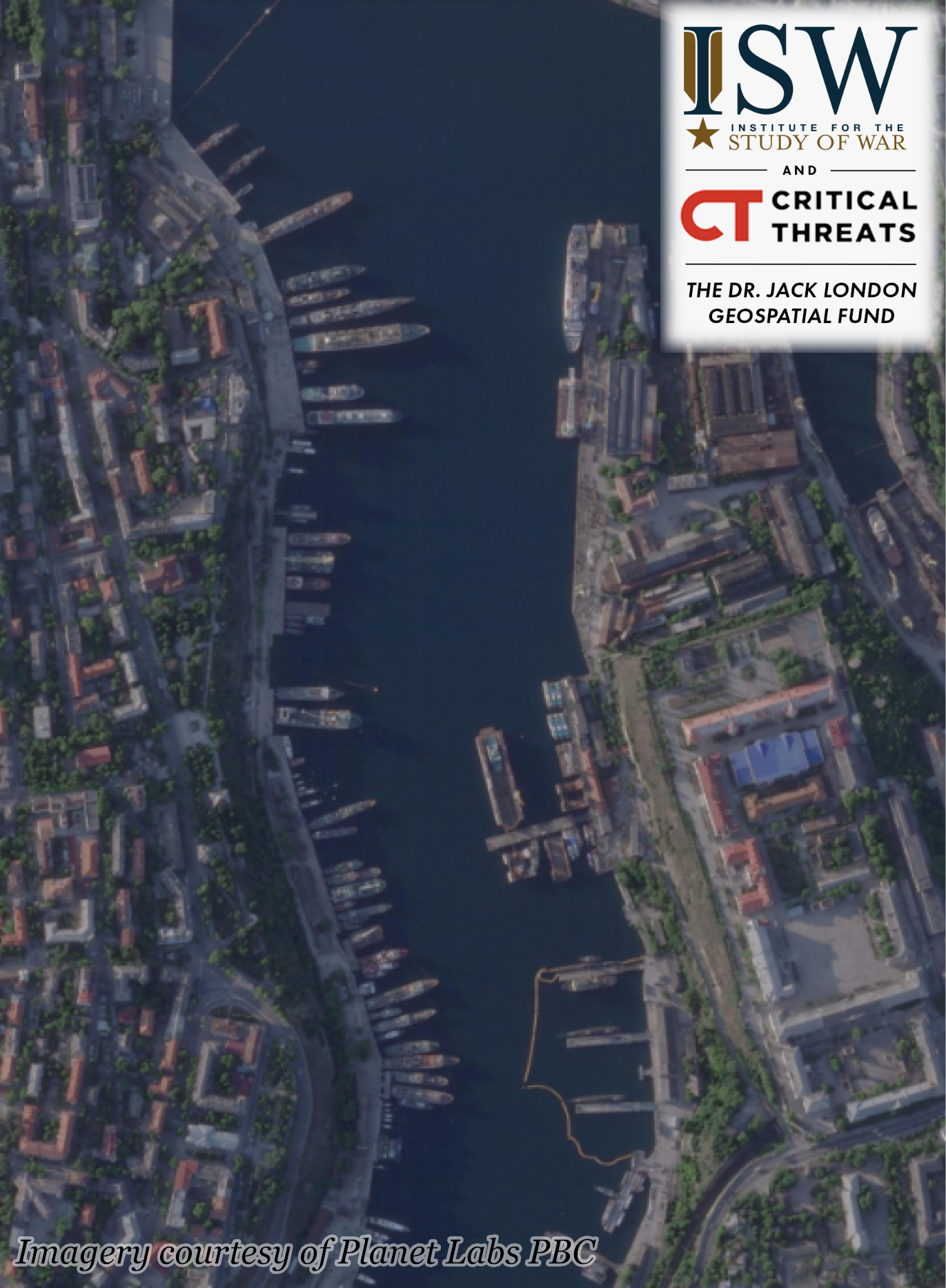
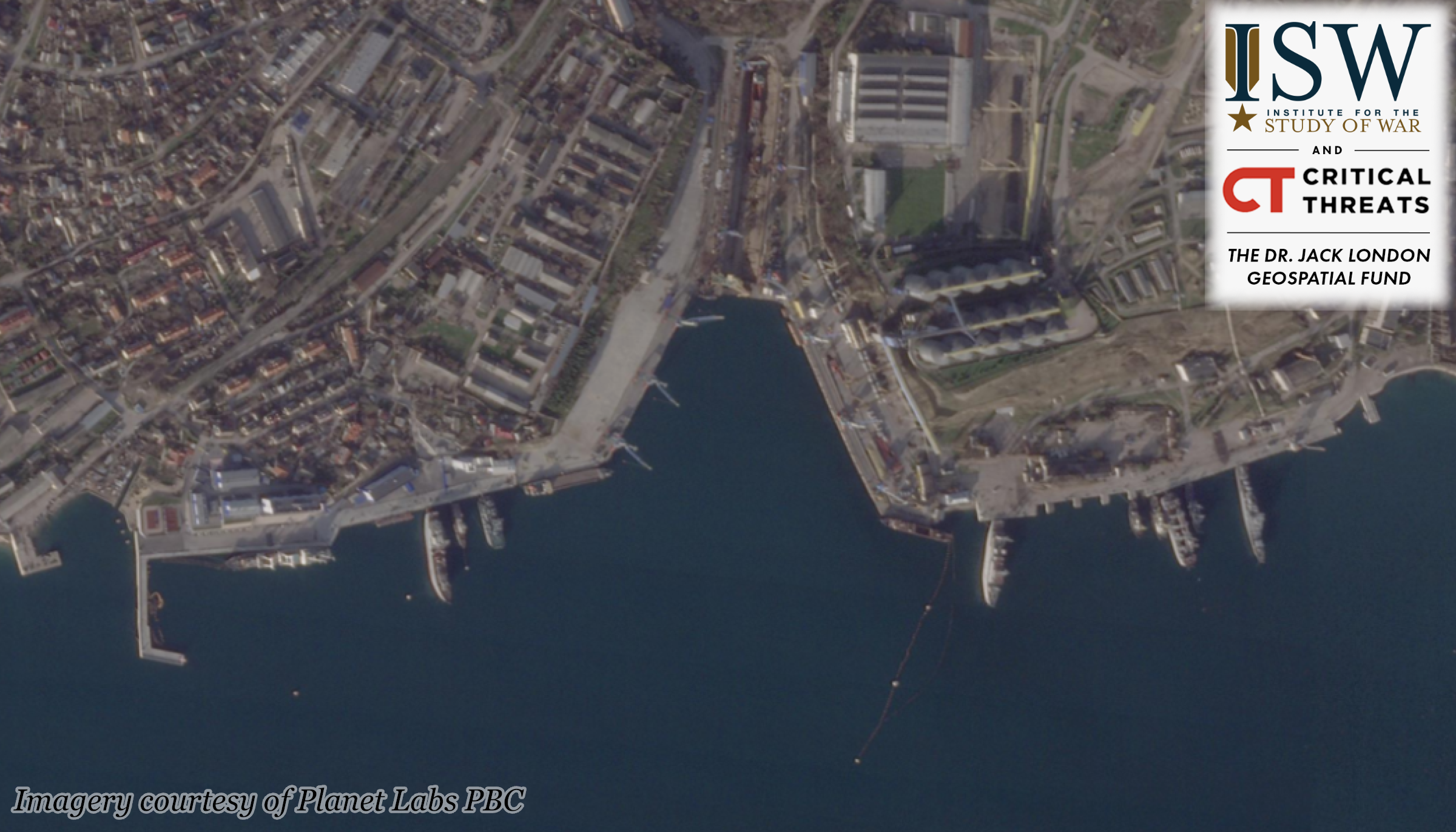
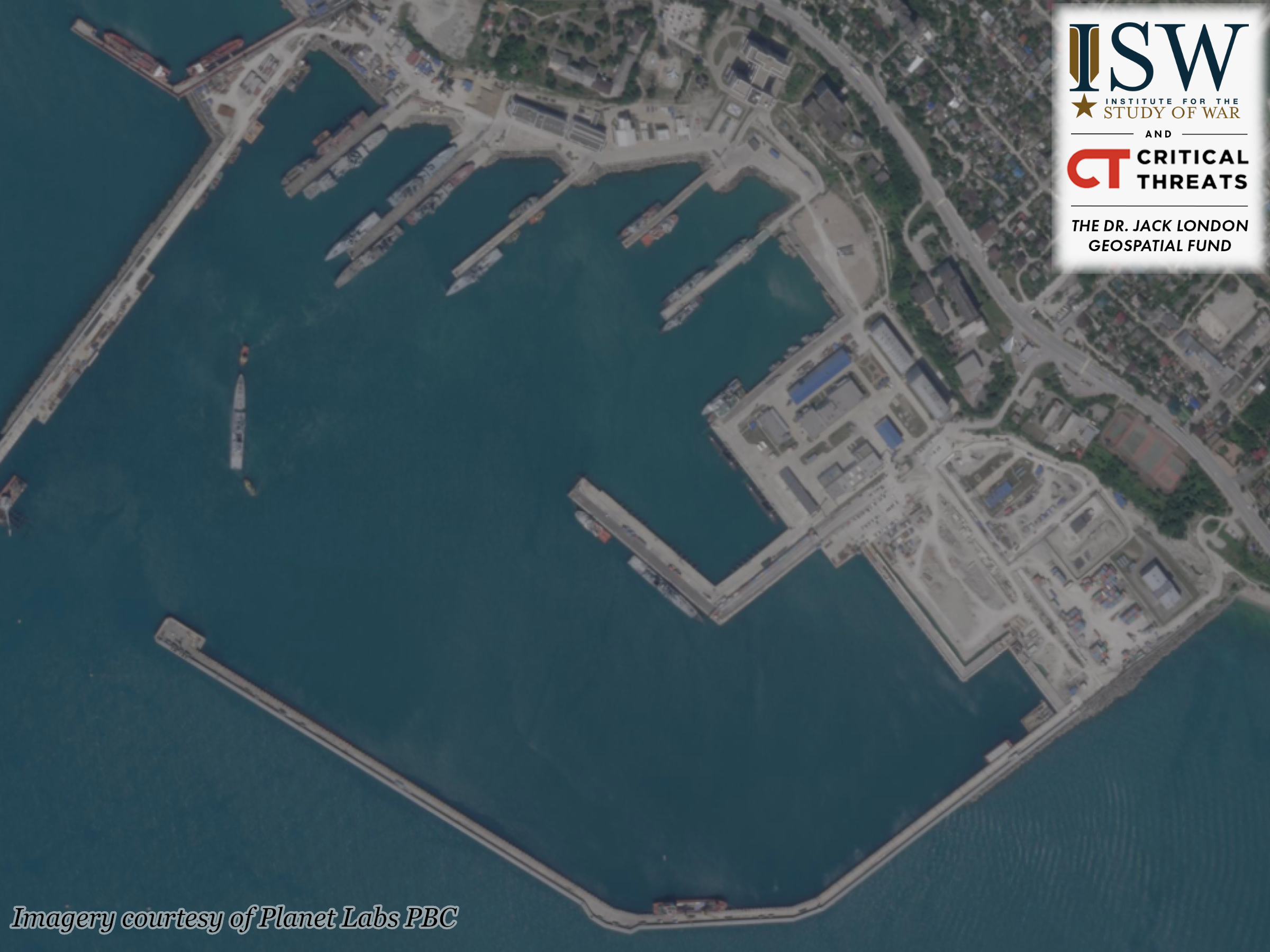
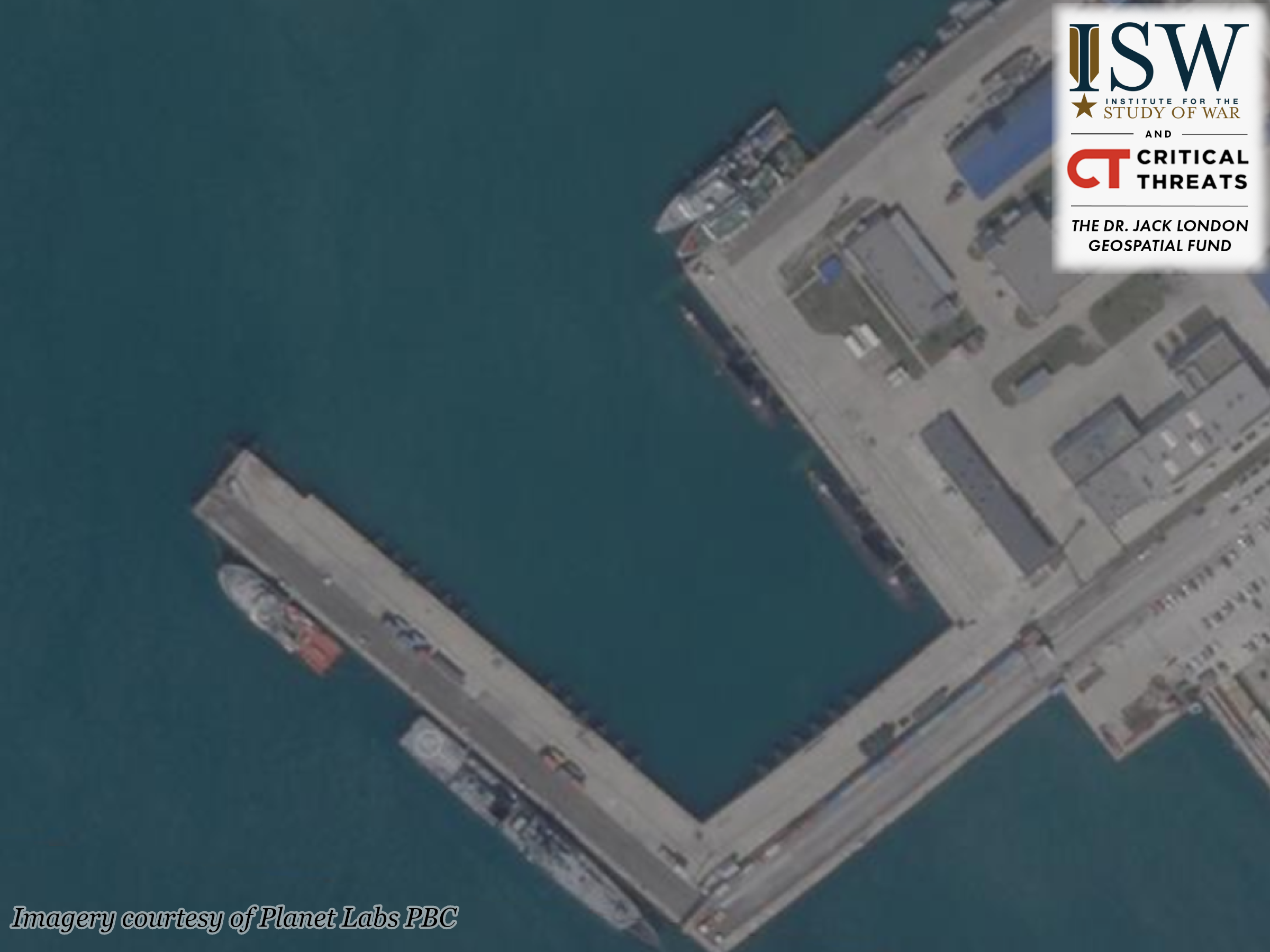
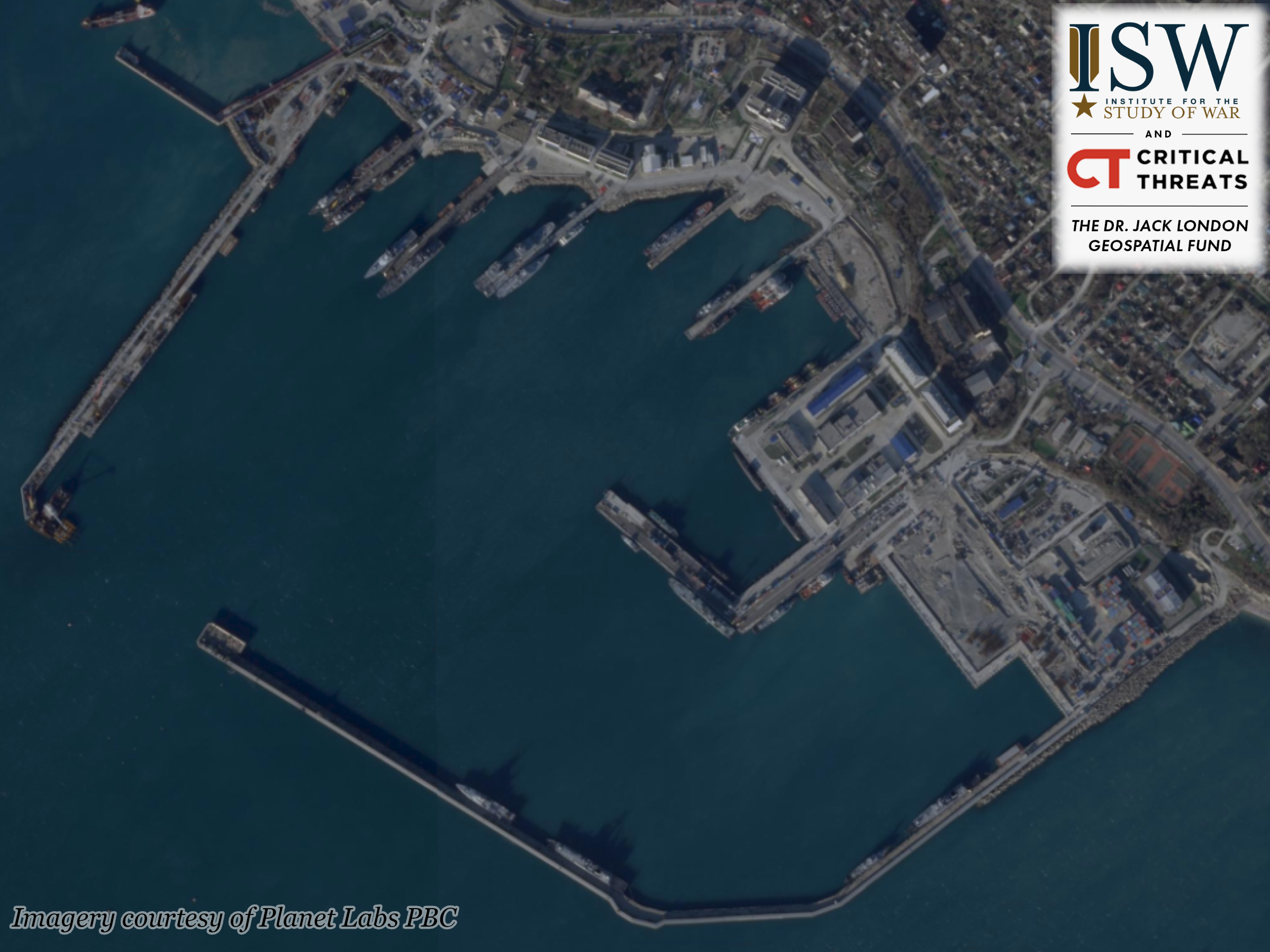
No comments:
Post a Comment